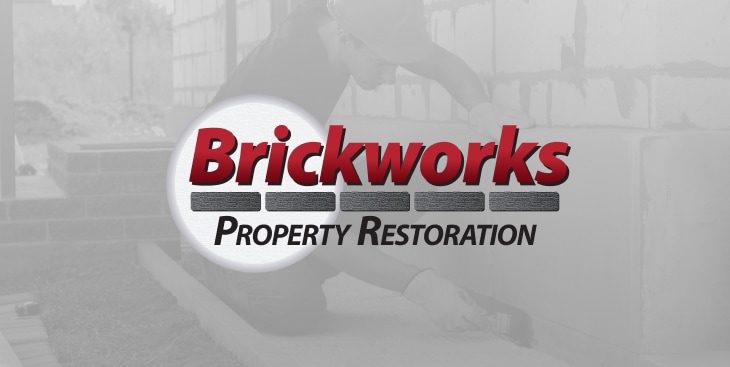

5 Maintenance Techniques for Avoiding Chimney Fires
A fireplace is a wonderful addition to any home. However, without proper fireplace and chimney maintenance, a fireplace can prove extremely dangerous. Indeed, chimney fires occur more often than many homeowners realize, and chimney fires can range in size and scale. Some are hardly noticeable, while others can lead to house fires, massive property damage, and even personal injury or death. Given that fact, it’s important for everyone with a fireplace to check out these five maintenance techniques to prevent chimney fires:
Get Your Chimney Inspected & Cleaned
One major contributor to chimney fires is a substance called creosote. Creosote is a natural byproduct of burning wood, and this dark, oily substance will collect inside the walls of a chimney over time. The problem, of course, is that creosote is extremely flammable. So even if creosote isn’t the cause of a chimney fire (as it often is) its presence can add to the damage. The best way to deal with creosote is to contact a professional for regular inspections and maintenance.
Add a New Lining
Even small holes or cracks in the lining of your chimney can cause dangerous gas leakages and/or chimney fires. Often, these cracks are subtle, which is why it’s important to install a product like HeatShield, for instance, to restore the integrity of your chimney lining.
Burn Dry, Seasoned Wood
Wood that’s wet or that hasn’t been properly seasoned will burn differently than wood prepared specifically for a fireplace. Of particular concern is that “wet-wood” fires produce a lot of smoke. And more smoke means more creosote build-up, which in turn translates to a greater possibility for hazardous fires.
Manage Your Fires Responsibly
Unsurprisingly, bigger fires present a greater risk than smaller, well-maintained fires. What’s more, it’s never a good idea to use combustible liquids or materials to start a fire. Even burning something like a newspaper will increase the likelihood of a chimney fire. Keeping your fires small, and only using high-quality wood will help prevent destructive outcomes. Lastly, never leave a fire unattended.
Remove Blockages
Good air flow is key to safe and efficient chimney usage. Therefore, anything that blocks air flow within a chimney –– from creosote, to twigs, to birds nests at the top –– can affect its performance. Using creosote-remover powder in between inspections is also a smart way to reduce the risk of chimney fire. (Note, using products like creosote-remover powder should not be considered a substitute for regular inspections and cleanings.)
The Bottom Line
If you’re concerned about the safety of your chimney or fireplace, then don’t hesitate to reach out to a professional! At Brickworks, we have years of experience inspecting, cleaning, replacing, and repairing chimneys and chimney accessories. Our team members are skilled professionals who will ensure that your home-improvement project goes as smoothly as possible. Remember, maintenance and preventative measures will not only protect your home, but they’re also extremely cost-effective. Don’t wait until you have a problem with your chimney to address it –– be proactive and make the call today at 586-868-3234!
Contact Us
Contact Us Today


We're Built on a Foundation of Excellence
Check Out Our Awards & Certifications
- Angi Super Service Award 2023
- Nextdoor Neighborhood Favorite 2023
- A+ Better Business Bureau Rating
- Certified by the Environmental Protection Agency
- Certified Chimney Sweep

